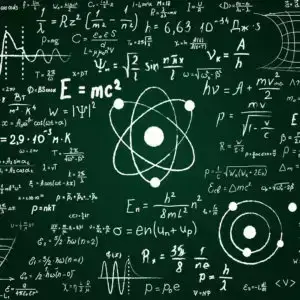I’ve seen a few articles about neutrinos recently, high energy ones, super fast ones, ones from open space, others from “sources”, and my understanding of the particle is that it’s very hard to detect, passes through light-years of lead without interaction, etc. don’t headings and speed require multiple readings to make? How do we know the velocity of a neutrino when we can only detect them at single points?


The deep sea detector in the news uses Cherenkov radiation to detect the neutrino.
A neutrino can interact with the nuclei in water molecules (so hydrogen and oxygen nuclei) and produce a charged particle like an electron or a muon. The outgoing particles carry the energy of the incident neutrino, so they can be emitted at a speed greater than the speed of light in the liquid medium.
Note this is much less than the speed of light in a vacuum, so this isn’t breaking any physics. When charged particles (electrons, muons) pass through a medium at speeds greater than light in that medium, they emit Cherenkov light in a forward cone.
The Cherenkov light is analogous to the shockwave formed when breaking the sound barrier. Since it points in the direction the particle was traveling, you can detect the shape of the light cone with a large array of photon detectors and reconstruct the direction of the neutrino.